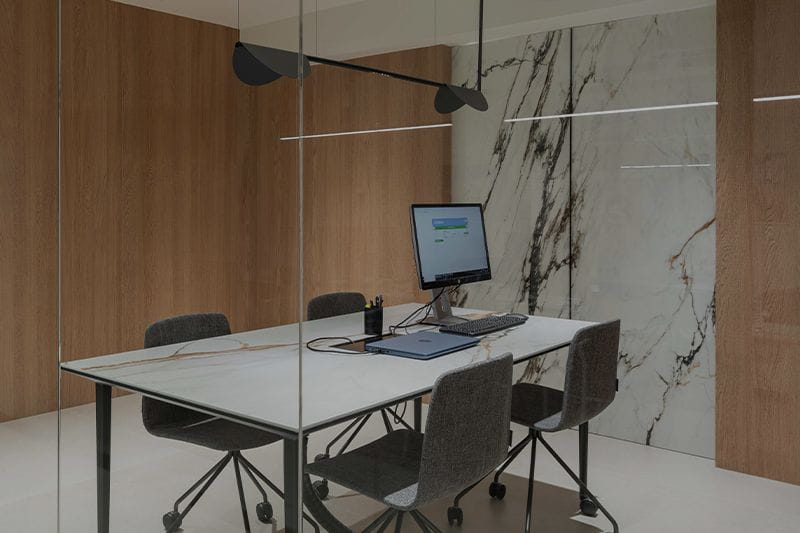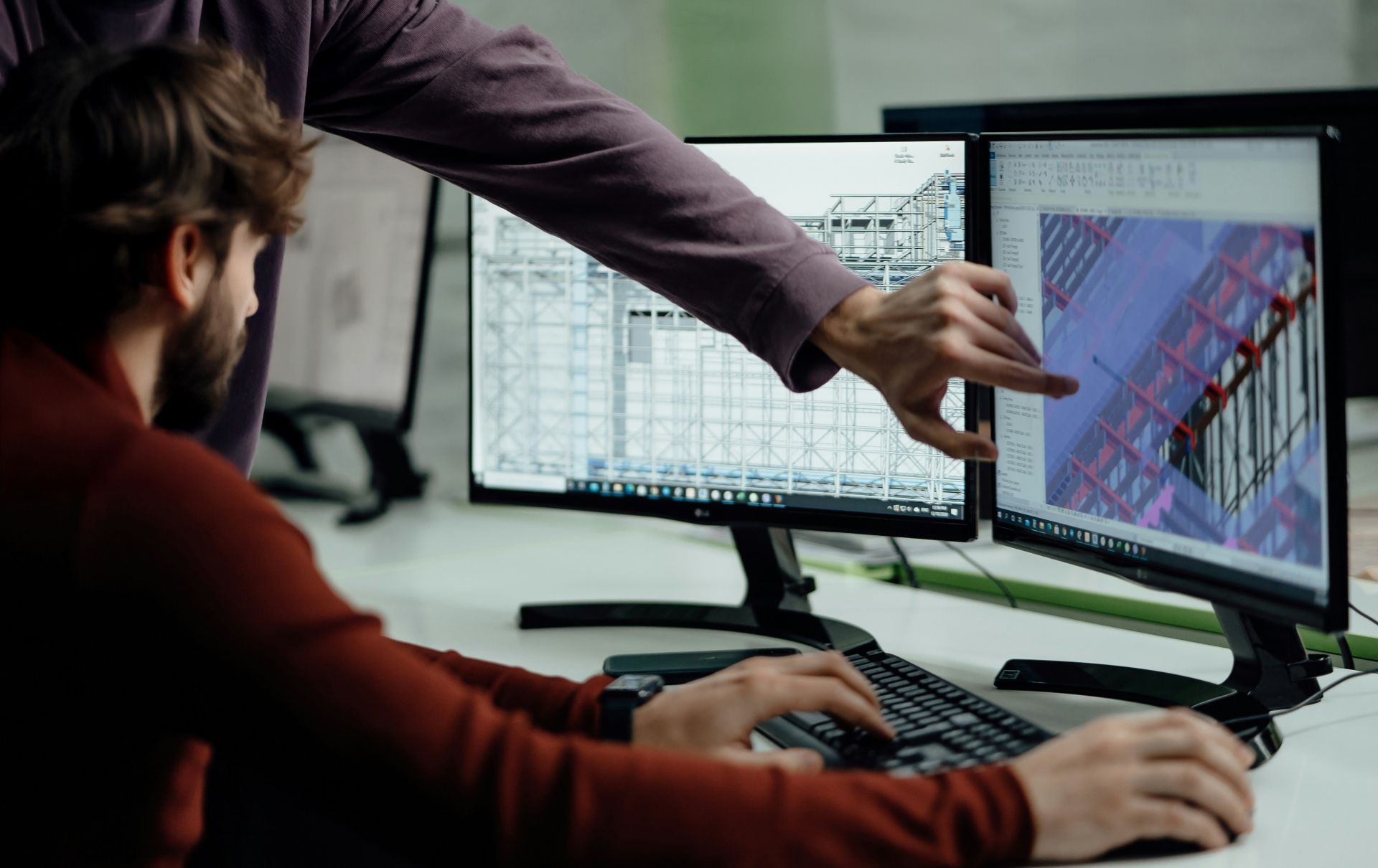
· How digitisation is redefining collaboration and the future of projects
In a constantly evolving sector, technological innovation is no longer a competitive advantage: it is a requirement for leadership. Digitalisation is redefining collaboration between all players in the sector, and tools such as BIM, digital twins and augmented reality mark the beginning of a new era of coordination, precision and sustainability.
From blueprint to living model: the power of BIM
Building Information Modelling (BIM) has evolved from being 3D modelling software to becoming the core of comprehensive project management.
Today, a single model brings together technical, structural, energy and economic data, enabling:
- Reduce coordination errors
- Optimise costs and deadlines from the design phase
- Integrate energy efficiency criteria from the outset
In retail projects, for example, BIM allows interference between MEP installations and structures to be identified at an early stage, avoiding delays and cost overruns.
For a construction company, working with BIM means speaking a common digital language with all stakeholders, ensuring that every decision is backed by accurate and up-to-date information.
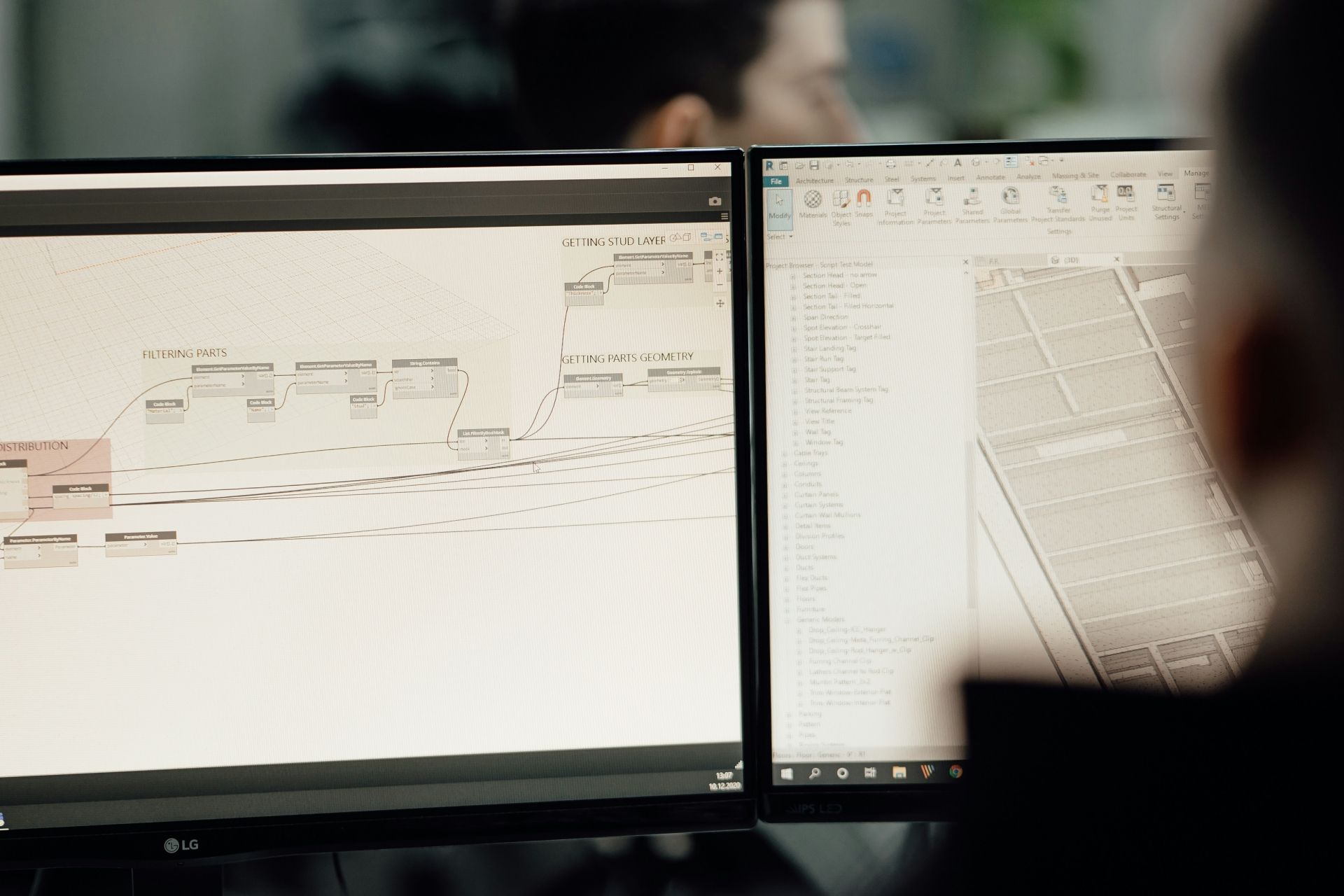
Digital twins: anticipating to build better
BIM has evolved as a cornerstone of project planning, but digital twins take that capability one step further. These virtual replicas not only represent the geometry of the building, but also incorporate dynamic data that allows its behaviour to be predicted and optimised in real time.
Thanks to this technology, it is possible to anticipate how the building will respond to different variables such as energy consumption, structural loads or climatic conditions, even before construction begins.
Key advantages:
- Early risk detection
- Comparative scenarios for more sustainable decisions
- Real-time monitoring during construction and maintenance phases
In the refurbishment of industrial facilities, digital twins enable the thermal response of buildings to be simulated according to their orientation and materials, optimising energy performance and reducing their environmental footprint.
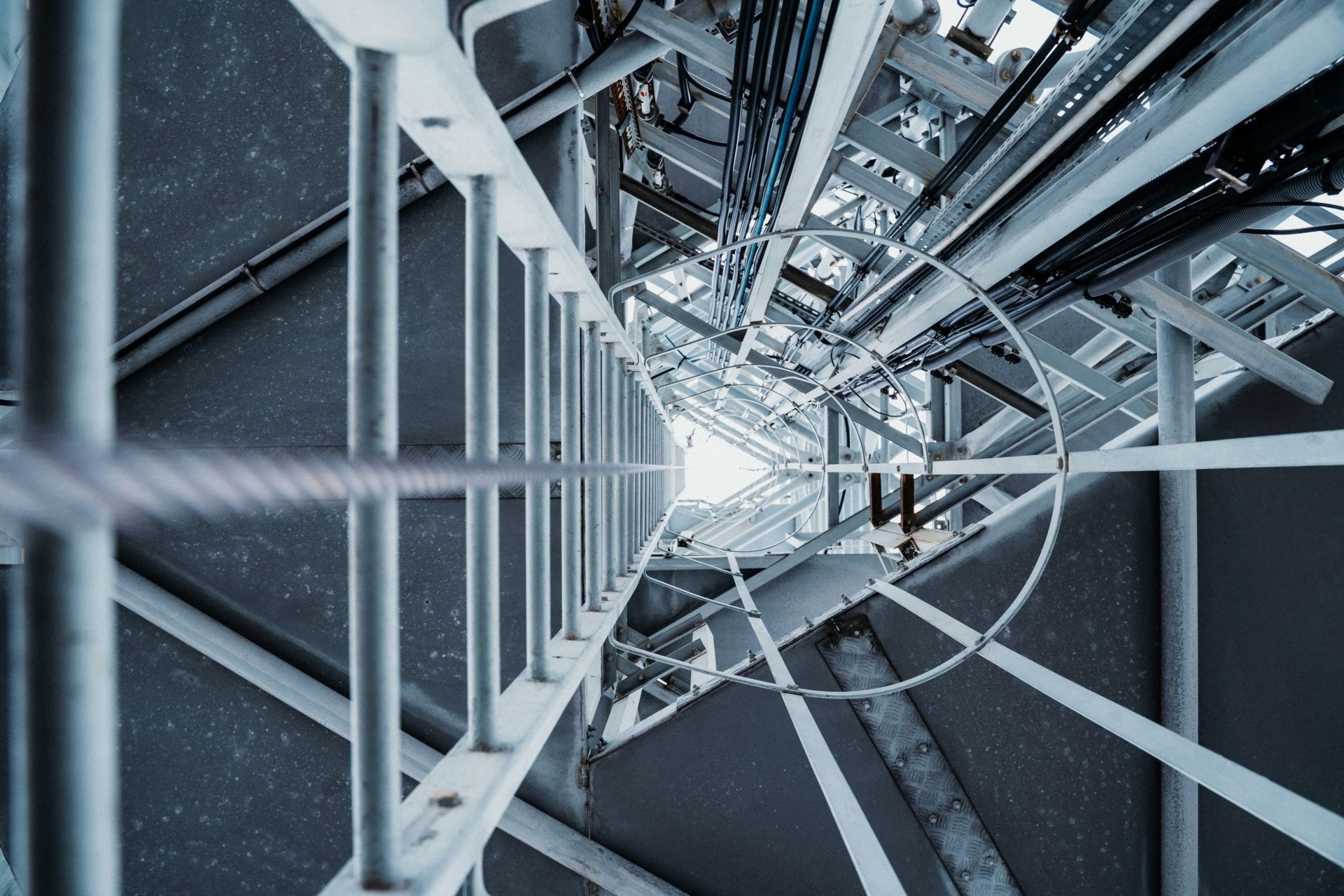
Augmented reality: the play as a control panel
Augmented reality allows the digital model to be superimposed on the physical environment using mobile devices or specialised glasses.
This facilitates:
- Visualise the exact location of installations and construction elements on site before executing them
- Reduce improvisation and rework
- Streamline on-site decision-making
In highly complex projects, such as logistics centres or industrial plants, this technology makes it possible to shorten deadlines, raise the quality of execution and improve operational safety.
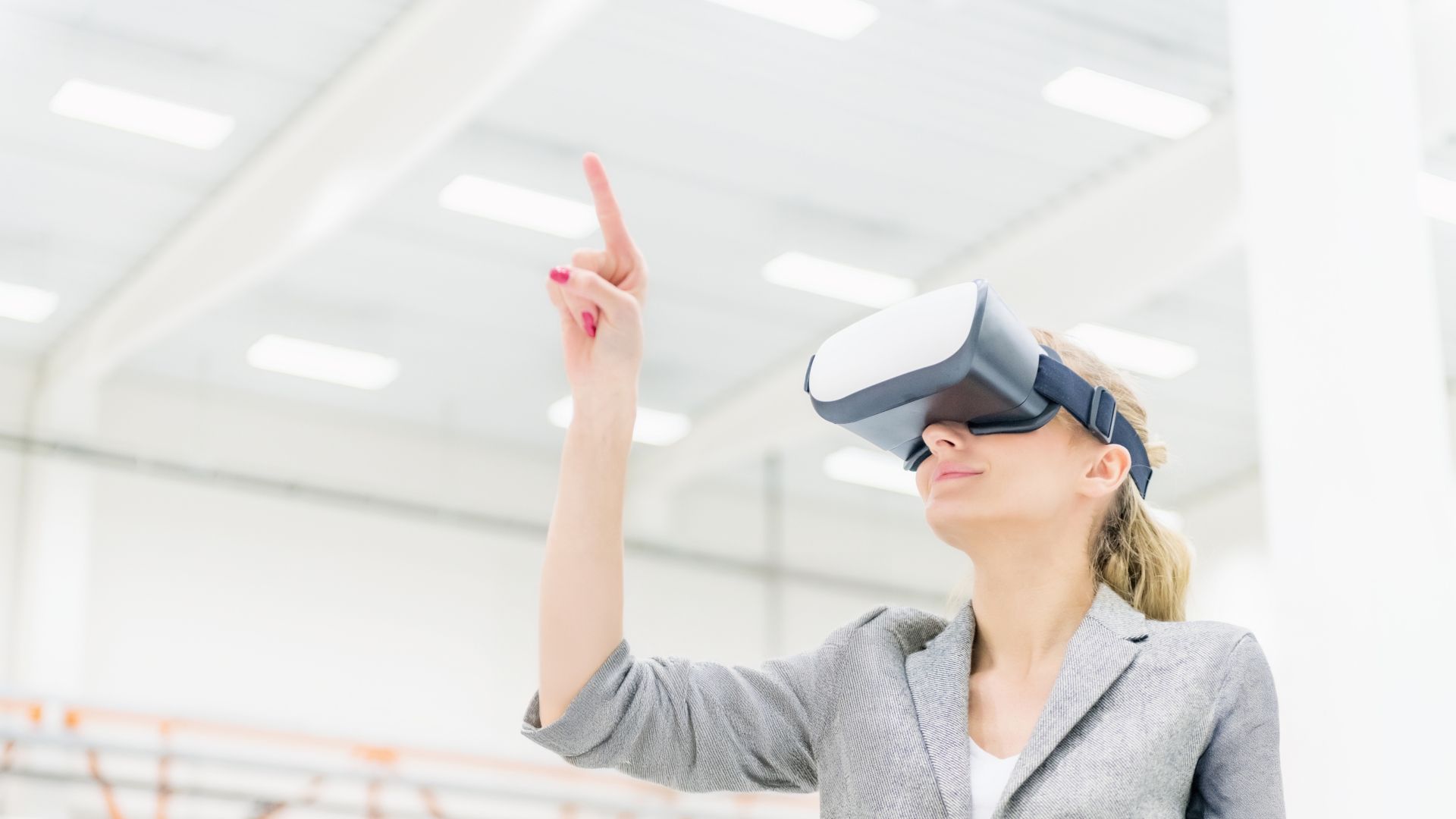
The role of the construction company in this transformation
In this new digital ecosystem, the construction company is no longer a mere executor but becomes a strategic partner from the conceptual phase onwards.
Its contribution is essential for:
- Translate digital solutions into viable construction processes.
- Integrate sustainability criteria from the planning stage onwards.
- Ensure that technology translates into concrete results in terms of cost, timeframe and environmental footprint.
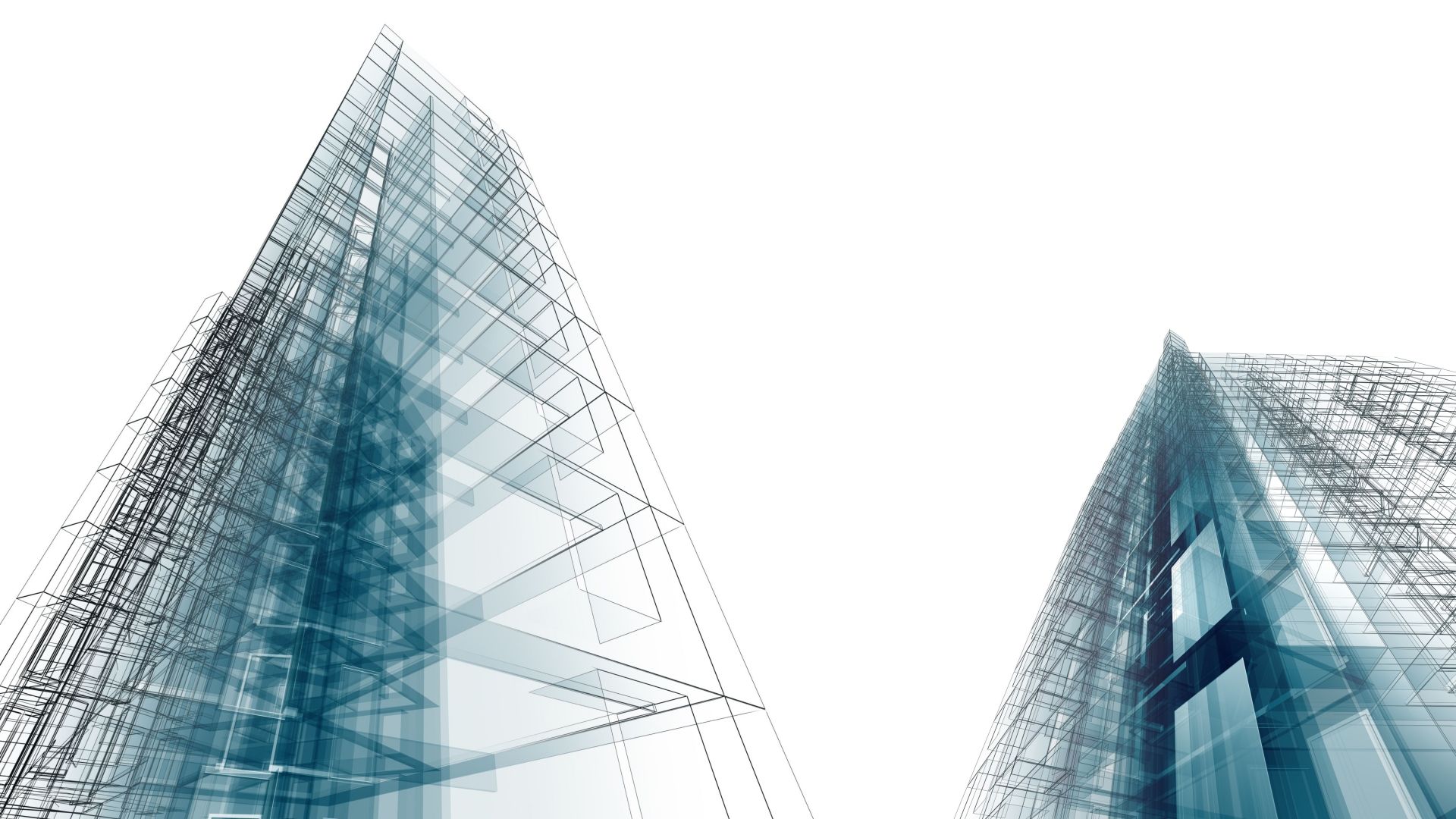
A common language to build the future
Digitalisation not only optimises processes: it transforms the way we collaborate.
With BIM, digital twins and augmented reality, construction is moving towards a more collaborative, transparent and sustainability-oriented environment.
The companies leading this change will not only create and transform spaces. They will build trust, value and a more sustainable future.
The question is no longer whether to digitise, but how to lead that change. At INCOGA, we are already building that future.


